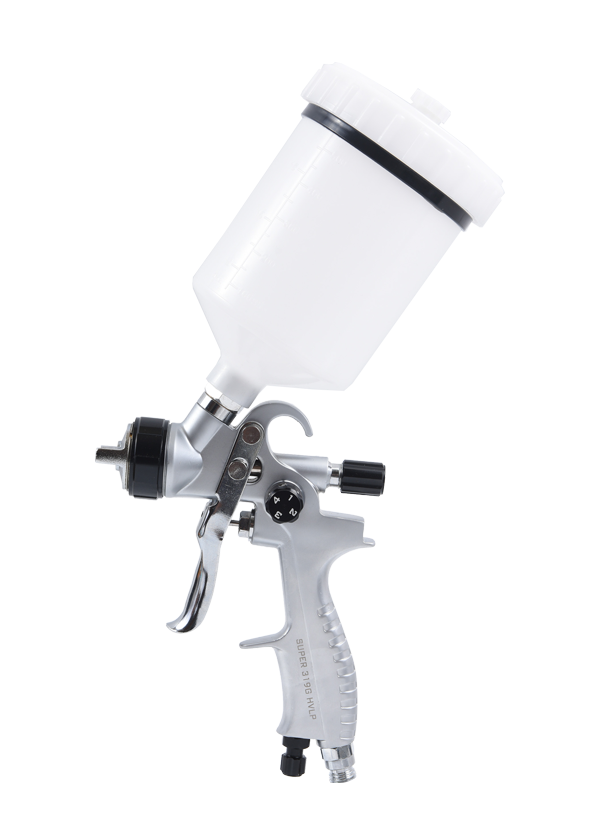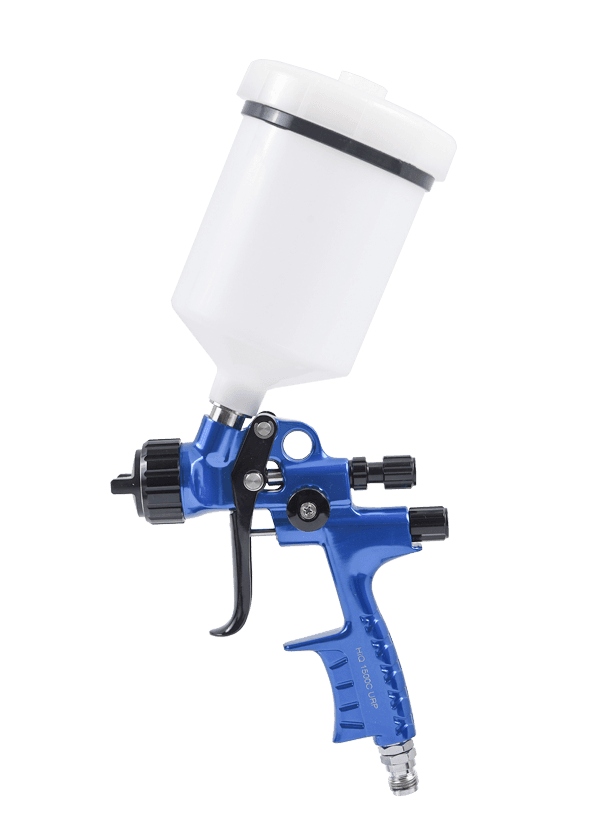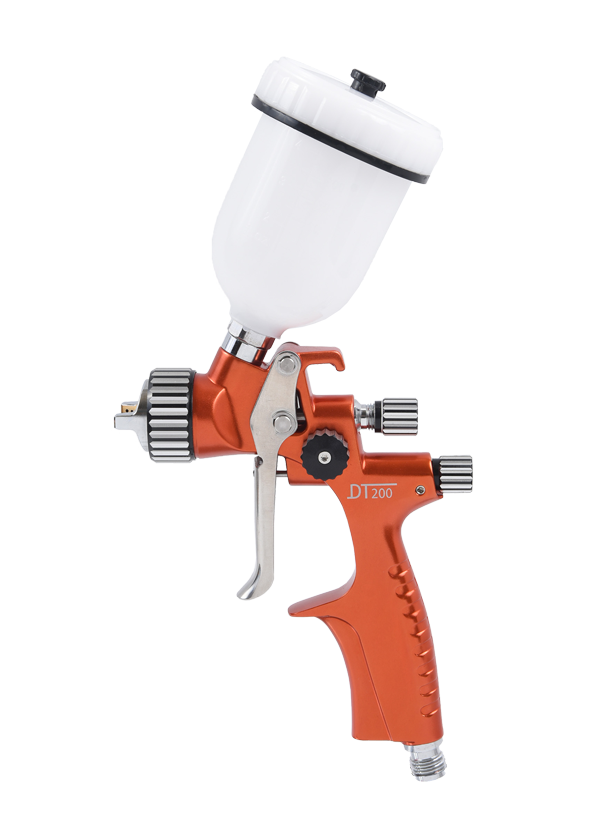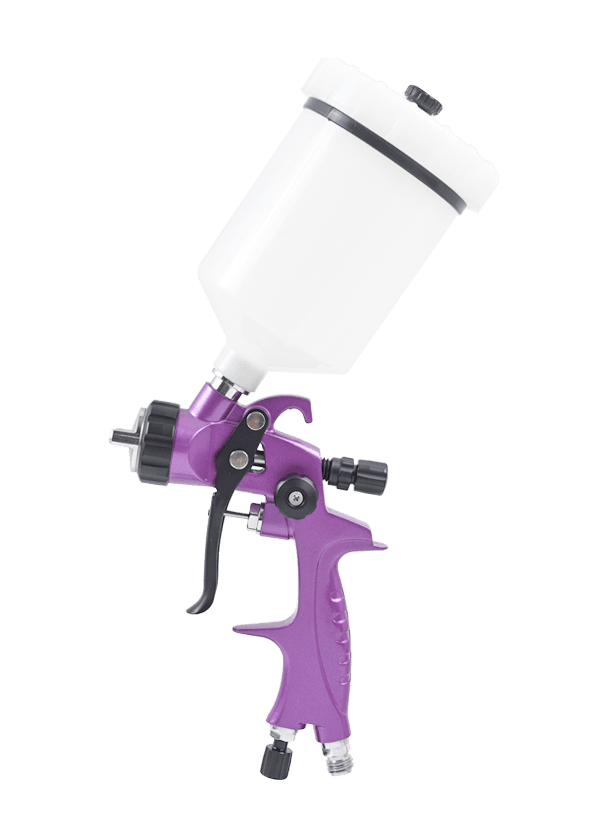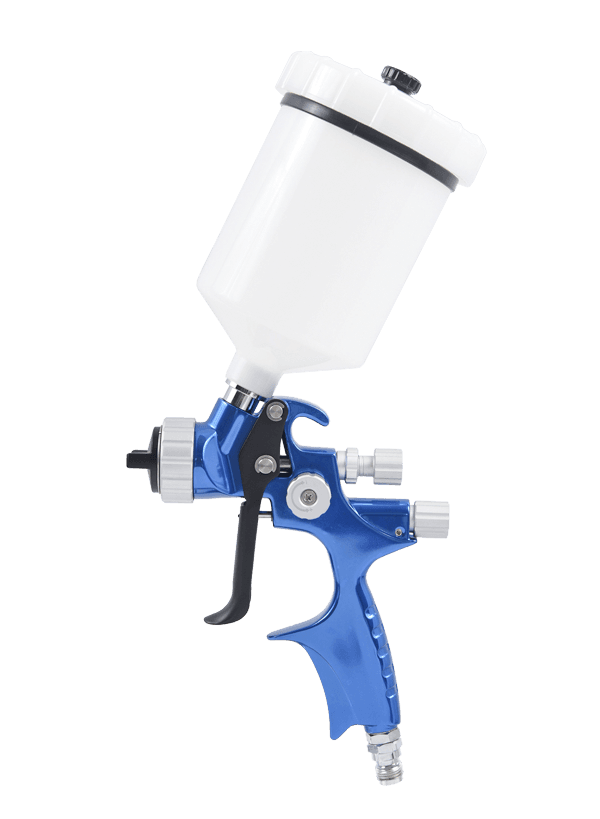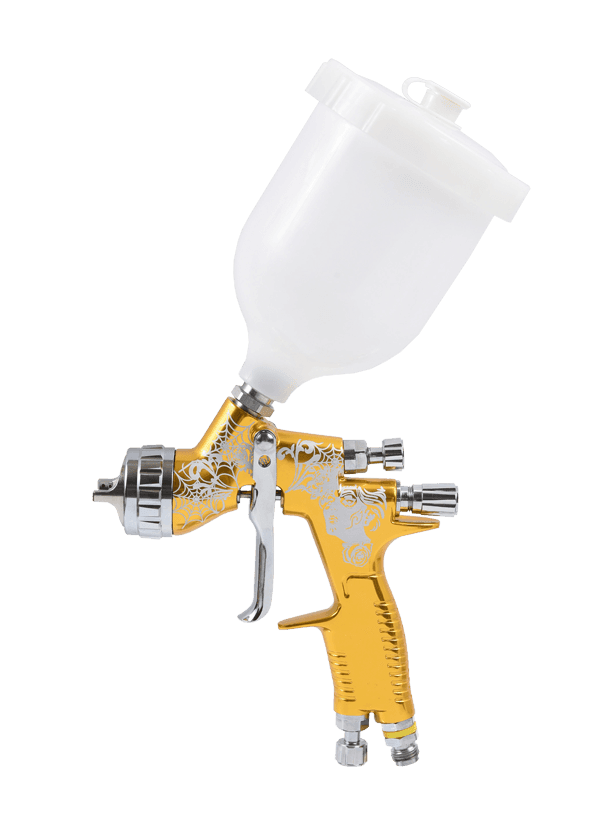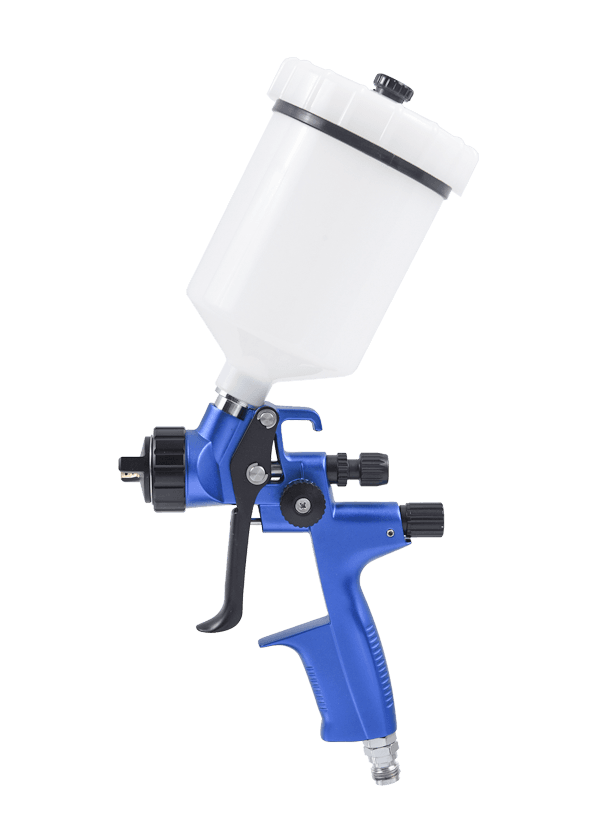The nozzle size of a high-pressure spray gun plays a critical role in determining its performance. Here's how the nozzle size affects the overall functionality and outcome of the spray gun:
Spray Pattern: The nozzle size significantly influences the spray pattern produced by the gun. Smaller nozzles generally create a finer, more controlled spray pattern, whereas larger nozzles tend to create a wider, more diffuse pattern.
Paint Volume and Coverage: Nozzle size impacts the volume of paint or coating being sprayed. A smaller nozzle typically delivers less material per unit of time, while larger nozzles can cover more surface area due to a higher material output.
Atomization and Particle Size: Nozzle size directly affects the atomization process, determining the size of the particles being sprayed. Smaller nozzles generally create finer atomization, resulting in a smoother finish, while larger nozzles produce larger droplets that may lead to a rougher texture.
Pressure Requirements: Nozzle size affects the pressure needed to achieve optimal
spraying. Smaller nozzles may require higher pressure for effective atomization, while larger nozzles may perform better at lower pressures.
Viscosity and Material Compatibility: Different nozzle sizes are suitable for various viscosities of materials. Smaller nozzles may struggle with thicker materials, while larger nozzles might handle them more effectively.
Control and Precision: Nozzle size impacts the level of control and precision over the spray. Smaller nozzles offer finer control and are suitable for detailed or intricate work, while larger nozzles cover larger areas more rapidly.
choosing the appropriate nozzle size for a high-pressure spray gun is crucial to achieve the desired spray pattern, coverage, atomization, and overall quality of the finish based on the specific material being used and the intended application.

 English
English Español
Español
